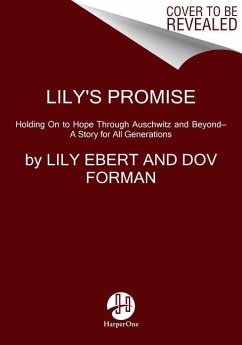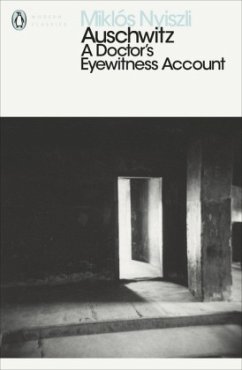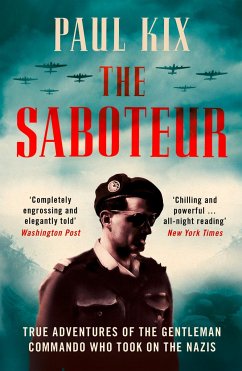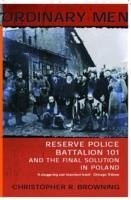
The Birdman of Auschwitz
The Life of Günther Niethammer, the Ornithologist Seduced by the Nazis
Versandkostenfrei!
Versandfertig in über 4 Wochen
29,99 €
inkl. MwSt.

PAYBACK Punkte
15 °P sammeln!
When Soviet troops were liberating Auschwitz concentration camp in January 1945 among the piles of half burnt corpses and emaciated prisoners left behind, they were amazed to find nesting boxes for birds. The same boxes were found in the walled garden at the house of Rudolf Hoess, the notorious camp commandant. In his safe, they also discovered a research paper on the birds of Auschwitz with a personal dedication. It read 'I owe this to the great understanding which the commandant of Konzentrationslager Auschwitz, SS-Sturmbannführer Höß, gave to the scientific development of this area and t...
When Soviet troops were liberating Auschwitz concentration camp in January 1945 among the piles of half burnt corpses and emaciated prisoners left behind, they were amazed to find nesting boxes for birds. The same boxes were found in the walled garden at the house of Rudolf Hoess, the notorious camp commandant. In his safe, they also discovered a research paper on the birds of Auschwitz with a personal dedication. It read 'I owe this to the great understanding which the commandant of Konzentrationslager Auschwitz, SS-Sturmbannführer Höß, gave to the scientific development of this area and the research tasks that the German expansion in the East brings with it.'The nesting boxes and research paper belonged to one of the most erudite but naive guards ever to serve at the camp, Dr. Günther Niethammer. On his arrival in 1940 Niethammer's passion for birds soon became known throughout Auschwitz and led to him being assigned to 'special duties' by Hoess. So instead of guard duties, Niethammer shot game to order for commandant and conducted the most infamous bird survey of all time.Turning a blind eye to the heinous treatment of the prisoners and the extermination of the Jews, Niethammer instead shot birds and created a macabre museum of bird skins at the camp working with one of the inmates. After leaving Auschwitz, he carried out further bird surveys in occupied Crete, Bulgaria, and Italy. When the war was finally over Niethammer was put on trial but spent just 3 years in prison before returning to the Museum Koenig where his career, although tainted by association with Auschwitz, still flourished until his death in 1974.This is the story of the one of the greatest ornithologists of his generation who was seduced by the Nazis and became ''The Birdman of Auschwitz''.












